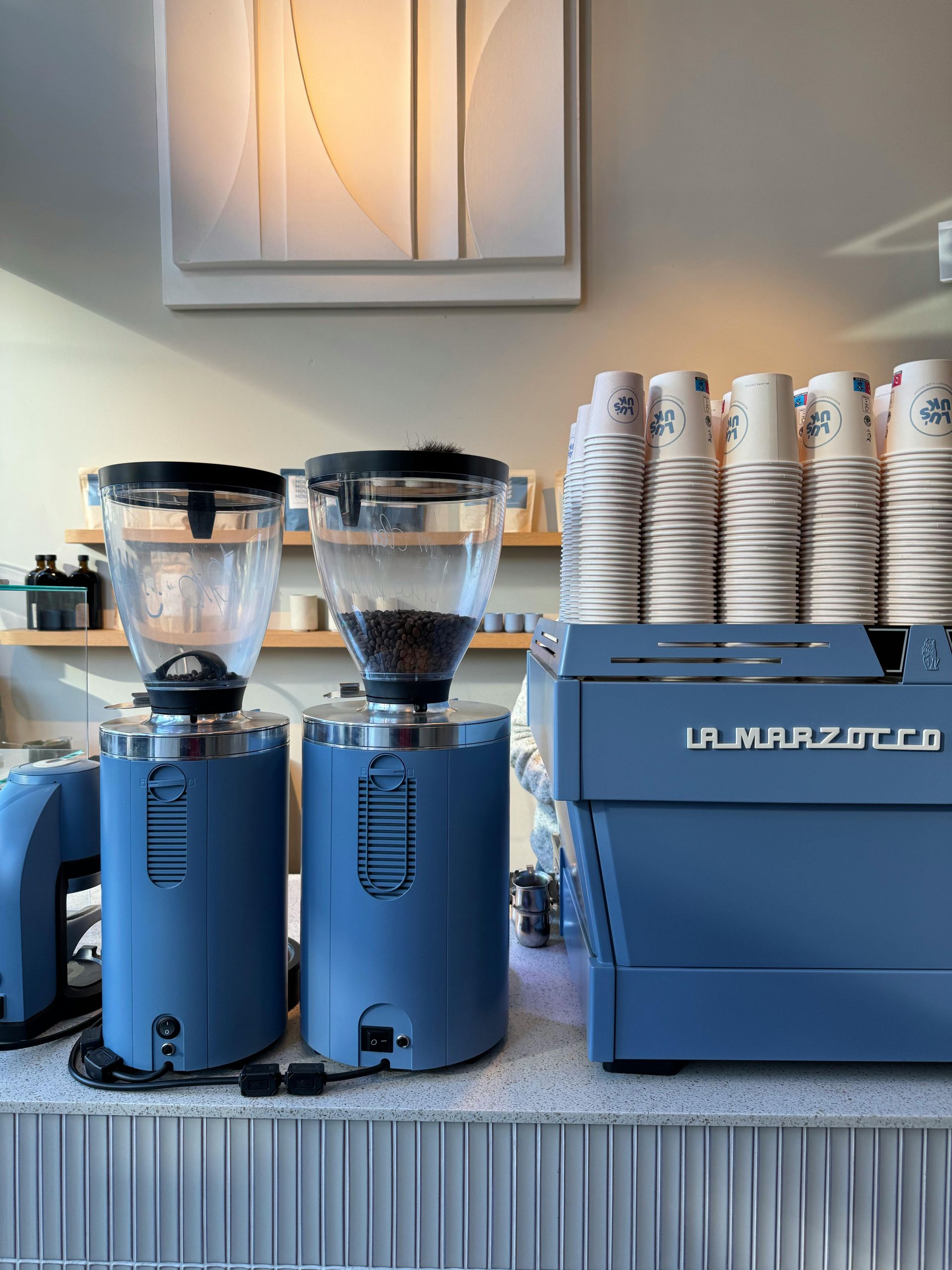Salesforce Summer '25 Flow Releases
5 Game-Changing Salesforce Flow Features You Should Be Using

If Flow Builder had a hype reel, these five features would be front and center - slow motion, dramatic music, and maybe a confetti cannon. Whether you're a solo adviser or wrangling practice-wide automation, Summer '25 delivers updates that feel less like incremental progress and more like full-on magic tricks (minus the rabbit).
1. Reactive Screen Components
Ever wished your Flow Screens could behave like a slick web app? Wish granted. Reactive Components are now available, and they let fields update live based on user input - no more bouncing to the next screen to trigger logic.
Why it matters:
- Build calculators that update instantly (retirement savings, fees, number of coffee loyalty points earned)
- Show or hide fields based on answers without any lag
- Consolidate screens and make your Flows feel like they're actually thinking
Think of it as giving your Flow a brain and a little caffeine boost.
2. Custom Error Messages
Raise your hand if you've ever seen an error like "An unhandled fault has occurred in this flow" and thought, "Well, that clears everything up." Thankfully, those days are over.
With Custom Error Messages, you can now add friendly, human-readable guidance right where it's needed -in the same screen.
Why it matters:
- Reduce support tickets ("Why is this broken?!")
- Enforce validation with personality ("Looks like that field needs a little love")
- Keep users inside the flow rather than bouncing them out with cryptic popups
It’s like turning your Flow into a helpful barista - polite, efficient, and always happy to explain what went wrong.
3. Action Buttons in Flows
Buttons! But make them smart. Action Buttons in Flows let you put clickable, configurable power right into the hands of your users—without forcing screen transitions. Want to let them refresh data, launch a subflow, or run a calculation? Press the button. Done.
Why it matters:
- Improves interactivity (e.g. "Recalculate Risk Profile" or "Check Product Match")
- Lets users control the flow (literally)
- Reduces screen clutter by letting you offer conditional options only when needed
This is where Flows start acting more like apps and less like forms. Throw in visibility rules and you’ve got Flow-level UX magic.
4. Screen Actions (Auto-triggered Logic)
Screen Actions are the introverts of Flow: quiet, invisible, but incredibly effective. These background Flow triggers run automatically when a user changes a field - no click required, no applause necessary.
Why it matters:
- Update calculated fields in real time
- Pull data from external systems as users type
- Reduce user confusion by keeping the screen in sync with their choices
Combined with reactive components, Screen Actions are like giving your flow Jedi reflexes. Smooth, invisible, and just plain cool.
5. Repeaters with Column Layouts
Repeaters used to stack like pancakes. Tidy, sure - but not great if you needed side-by-side fields. Enter: Column Layouts inside Repeaters. Now you can organise repeated input in a table-like structure that actually looks usable.
Why it matters:
- Display input groups like a spreadsheet (e.g. asset list, family members, investment options)
- Improve screen layout (especially on desktops and tablets)
- Make multi-row entry less painful and more productive
Your users won’t know it’s a Flow - they’ll think it’s Excel in disguise (but less prone to accidental deletions).
The Takeaway
Flows are no longer just about automation. With these Summer '25 features, it’s a design canvas, a UX engine, and a powerful toolkit for building modern, interactive experiences - declaratively.
We'll be rolling up your sleeves, grabbing our favorite sandbox, and working out how to best incorporate these new features into your flows for a better user experience.




